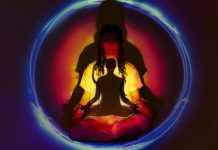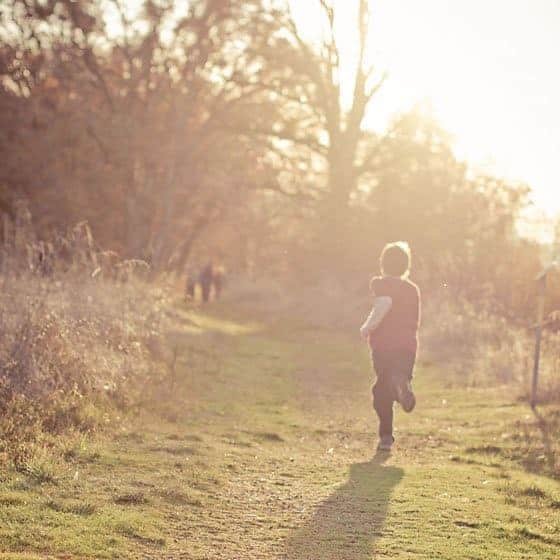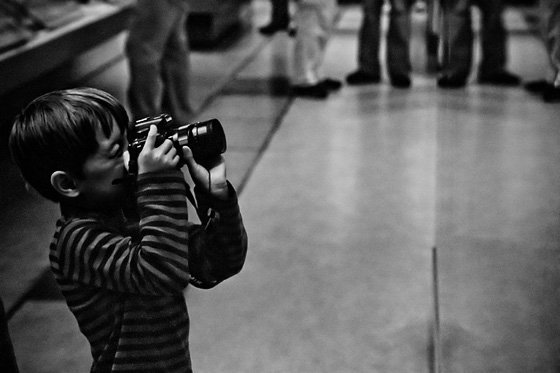With that said, today we are finally pulling together all the pieces we’ve been building over the past month or so. In fact, we are going to walk you through the steps we take to shoot in manual. If you’ve been following along, this may be nothing more than a review. On the other hand, if you’re just now joining our photography series, this is a great time to catch up on the basics.

Let’s review:
Aperture
Several weeks ago, we kicked off our “Getting to Know Your Camera” series with a lesson on aperture. If you missed that lesson or need a refresher, click HERE.
Aperture or f/stop is the first of 3 main controls in the “Exposure Triangle” that you use to take a photograph. The f/stop on a lens can go from 1.2 to 22 or higher. The size of the aperture (or f/stop) controls the depth of field, which controls how much of your photo is in focus.

Larger apertures (wider opening of the lens, lower number) allow more light to enter your camera at one time. When shooting “wide open,” you have shallow focus, which means fewer items in your photo are in focus.
On the other hand, smaller apertures (higher number) allow less light to enter through your lens. This means that more of your photo will be in focus.
Lower number aperture = More light and a blurrier background
Higher number aperture = Less light and a sharper background
Shutter Speed
Our next lesson was on shutter speed. If you need a refresher on shutter speed, click HERE.
Shutter speed controls the amount of time that your camera’s digital sensor is exposed to light. It can range from several seconds (or minutes on the Bulb setting) to 1/1600 of a second or faster. The shutter is opened when you press the shutter release button on your camera to take a picture. The sensor in your camera captures everything that happens when the shutter is open.

The amount of light that enters your camera will also determine your exposure. If too much light enters your camera’s digital sensor, your image will be over-exposed. On the other hand, if not enough light reaches your camera’s sensor, your image will be under-exposed. Between aperture and shutter speed, you determine how much light you want to hit your sensor.
Remember:
Lower shutter speed = More light but your subject may be blurry
Higher shutter speed = Less light but possibly a sharper subject
If you are photographing children, keep your shutter speed above 1/200.
ISO
After shutter speed, we had a discussion about ISO. In case you missed it, here’s our lesson on ISO Basics.
ISO, pronounced eye-ess-oh, refers to how sensitive your digital camera sensor is to the light. ISO levels range from ISO 100 (although some cameras can drop to ISO 80 or below) to ISO 1600, ISO 3200 or even higher.

In general, a lower ISO setting is preferred over a higher ISO setting. Lower ISO settings typically produce a better overall image quality and do not produce as much image noise as higher ISO settings (this assumes that you’ve properly exposed your image and are not having to correct your exposure in post processing).
With that in mind, consider the amount of light you have available and choose the appropriate ISO level.
Remember:
Higher ISO = More Light (more noise)
White Balance
After building a solid understanding of the Exposure Triangle, we moved on to White Balance 101.
White balance measures the color of the light. Your DSLR is equipped with several white balance presets. However, if you want to really nail your white balance, skip the presets all together and customize your white balance. This will force your camera to set its white balance for the exact lighting situation in which you’re shooting.

There’s nothing wrong with using Auto White Balance either if you prefer to keep it simple (you may need to adjust in post-processing though). On the other hand, if you do want to customize your white balance, be sure to read White Balance 101.
Focusing and Focal Points
Our next lesson discussed the basics of focusing and focal points. If you missed that lesson, click HERE.
Focus points direct the eye to the part of an image that you want to feature. There are several ways to focus using your DSLR. One method is “focus, recompose.”

When you focus your shot, press the shutter release button half-way. This will “lock” your focus on your subject. Then slightly move your camera so that your subject is slightly off-center (right or left, doesn’t matter) and press all the way down on the shutter.
You may find that focus, recompose isn’t for you, so be sure to check out some of the other ways to focus as well as the basic auto focus modes.
Metering
Finally, we took a look at our light meters. If you missed that lesson, be sure to read Understanding Your Light Meter.
Your light meter is the part of your camera that reads the amount of light coming through the lens. It will tell you whether you have too much or too little light coming in according to your settings.

There are typically three or four metering modes (depending on which camera brand you have): Evaluative or Matrix, Partial, Spot and Center-Weighted Average. Your available light and the type of scene will determine which mode to use. While you’re learning how to use your camera, you can use Evaluative or Matrix mode (usually the auto setting).
Meanwhile, focus your efforts on properly exposing your images.
Remember:
If you appear to be overexposing, you can change the following things to allow LESS light into your camera:
- Close down your aperture
- Increase your shutter speed
- Lower your ISO
If you appear to be underexposing, you can change the following things you can do to allow MORE light into your camera:
- Open up your aperture
- Lower your shutter speed
- Increase your ISO
Shooting Manual: Step-by-Step
Your goal in adjusting each of the above things is to properly expose your image. What does proper exposure look like?

Ideally, you want your camera’s ticker to hit zero (or a little more positive). The order in which you get proper exposure is personal, but here’s what we recommend:
1. Set your aperture. If you’re a fan of blurry backgrounds like us, prioritize control in that area first.
2. Set your shutter speed. Remember to set your baseline shutter speed at 1/200 (or faster) if you are photographing small children.
3. Change your ISO. Depending on your available light source, choose a target ISO speed.
4. Adjust one of the above 3 until your light meter zeros out.
5. Set your white balance
6. Set your focus point.
7. Re-adjust your settings if necessary.
8. Focus and press the shutter.
One last tip. It’s much easier to learn how to shoot in manual with a prime lens (one that does not zoom). If you don’t have it already, we recommend using a 50 mm. Not only is this lens relatively inexpensive, but using it will drastically improve your photos.
That’s it! So, if you think you’re ready, move your main dial into manual mode and start shooting in manual. We know it’s a little scary, but we promise that you’re going to love it!
Photo Credit: Ashley Sisk












































